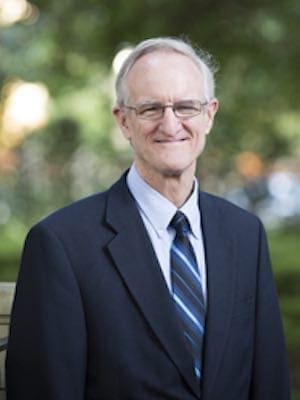Southern Baptists split from Northern Baptists in 1845 when they realized that slaveholders were not going to be allowed to be missionaries.
For most of Southern Baptist history, one part of the denomination’s identity was crystal clear: to be Baptist was to be Southern. To be Southern was to adhere to a racial orthodoxy of white supremacy that prevailed in the antebellum South and continued in the segregated world of the Jim Crow South. The highly influential 19th-century Georgia Baptist layman, Joseph Brown, declared, “We have no aristocracy but an aristocracy of color.” In a similar vein, H. H. Tucker, the prominent editor of the Christian Index in the 1880s, stated, “We do not believe that all men are created equal as the Declaration of Independence declares them to be; nor that they will ever become equal in this world.”
Describing the social attitudes of Baptists in the 19th century, John L. Eighmy said that Baptists were “churches in cultural captivity.” Rufus Spain utilized the words of the prophet Amos to say that Baptists were “at ease in Zion” in a segregated world.
Many studies on Southern religion have made this point about Southern Baptists and other Southerners. Cultural captivity began as a function of slavery; everything in the old South was a function of slavery, which made it distinct from the north.
In the book, Gospel of Disunion: Religion and Separation in the Antebellum South, Mitchell Snay highlighted how southerners said that slavery was a civil issue but not a moral problem because the Scriptures sanctioned it.
Drawing upon their belief in the separation of church and state, Southern Baptist ministers said they should stay out of the politics of slavery. Preaching should address only moral issues and no moral issue was involved in slavery.
Consequently, northern abolitionists were attacked on two fronts. First, they had pushed religion into the political realm where it didn’t belong. Second, their attack against slavery was an attack against the Bible. Supporting slavery was preserving the authority of the Bible.
What was true in the old South was also true in the new South. Charles Marsh’s book, God’s Long Summer: Stories of Faith and Civil Rights, made the similar point that most Southerners in the 1960s viewed segregation as a civil issue.
Douglas Hudgins, pastor of First Baptist Church, Jackson, Miss., was described as one of the most influential preachers in the SBC at mid-century. He opposed integration, and he never preached on the desegregation issues swirling around the state during the Civil Rights Movement.
Hudgins utilized the “civil issue” idea and never even addressed the morality of violence against blacks or Jews when their houses were bombed. He said that he would only preach the gospel of salvation; social issues were for the government to handle.
Introduction of civil rights issues into the life of the Church would contaminate the individual and detract a believer from his or her personal relationship to God, went the argument. Holiness was a function of individual beliefs, not social activism.
Not all Baptists affirmed Hudgins stand, of course, but the idea remained: being southern for most Baptists simply meant accepting the status quo of their culture on race and segregation. They were “culturally captive.”
Race, according to most Southern historians, has been the central theme of the region’s history. It is a prism through which religion must be filtered.
Baptists are not simply Southern anymore, but is race still the prism through which their religion must be seen? Are Baptists still “at ease in Zion”? Is race still just a civil issue? How do Baptists define holiness in terms of race relations?
Doug Weaver is professor of Christianity and chair of the religion and philosophy division at Brewton-Parker College in Mt. Vernon, Ga.
Order Weaver’s books from Amazon!
The Healer-Prophet, William Marrion Branham
From Our Christian Heritage

